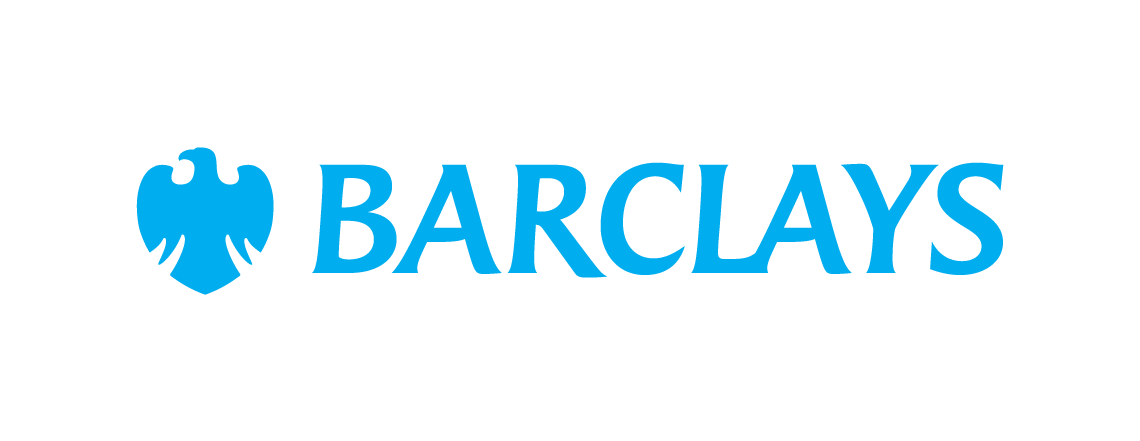Here's How Much Money You Should Aim to Save by 25
KEY POINTS
- If you've started to save money by the time you're 25, you're in good shape.
- By focusing on establishing good habits for both retirement and emergency savings, you'll set yourself up for future success.
- Automating your savings and retirement account contributions can make it much easier.
First of all, if you're worried about how much money you've saved at 25, you're already a step ahead of many of your peers. Many 25-year-olds are just getting their careers started and are more concerned with figuring out how to cover their current living expenses, and justifiably so.
Having said that, here's a rundown of how much you should aim to have in savings by the time you're 25 years old, and what to do if you need to start prioritizing savings. And we're going to talk about two different kinds of savings -- retirement savings and emergency savings.
How much should you have saved for retirement at age 25?
Most financial planners don't even have savings targets to suggest to clients prior to age 30, at which point the standard guideline is to have retirement savings equal to your annual salary.
At 25, don't worry too much about the number in your retirement account. You have four decades until you reach the average American's retirement age. Because of this, you should have two focus areas.
Get started
If your employer offers a retirement plan, such as a 401(k) or 403(b), enroll and set your contribution rate to a reasonable level. At the very least, you should take full advantage of whatever your employer is willing to match, but an ideal savings rate for retirement is about 10% of your compensation. If you don't have an employer-sponsored retirement plan, open an IRA and start making regular contributions.
Get your asset allocation right
In simple terms, your 20s are the time to be aggressive when it comes to investing. This not only means a high contribution rate, but also a more aggressive asset allocation. Many retirement plans offer guidance or age-based retirement funds that make this easy to set up, but the short version is that your retirement savings should be mainly invested in stocks and stock-based investment funds at this stage.
Emergency savings goals
Did you know the average American couldn't handle a $1,000 unexpected expense without going into debt or selling something?
Here's why having an emergency fund is important, even if you're doing a great job of saving for retirement. If you have to use a credit card at a 20% or higher interest rate every time you have a flat tire, unexpected medical bill, or other unplanned expense, you're setting yourself up for a cycle of debt that can be very difficult to break. Having an emergency fund can help you stick to a budget long term, prevent you from derailing your retirement savings, and give you much-needed financial peace of mind.
Experts generally suggest that you aim to save six months' worth of expenses in a separate, readily-accessible savings account. This includes your fixed expenses like rent, car payments, insurance, etc., as well as other costs such as groceries and utilities. The idea is that even if you lose your job and are unemployed for a few months, you'll be okay.
Don't be discouraged if a six-month emergency fund sounds like a massive amount of money to save. It is, especially when you're just starting out. You don't need to get there (or even close to it) right away, and in full disclosure, I didn't have six months' worth of expenses set aside until well into my 30s. My point is to get you thinking about emergency savings as an individual financial goal, and to set a plan in motion to start building yours.
How to get (and stay) on track
If you haven't started saving for either retirement or unplanned expenses, there's no better time than right now.
The number one thing I usually suggest to younger savers is to automate the process as much as possible. An employer-sponsored retirement plan takes care of this for you, but if you save in an IRA, set up an automatic transfer every time you get paid. The same goes for your emergency savings. Choose an amount that you can comfortably afford, set it to automatically transfer at set intervals, and you might be surprised at how quickly you build up a meaningful amount of money.
These savings accounts are FDIC insured and could earn you 11x your bank
Many people are missing out on guaranteed returns as their money languishes in a big bank savings account earning next to no interest. Our picks of the best online savings accounts could earn you 11x the national average savings account rate. Click here to uncover the best-in-class accounts that landed a spot on our short list of the best savings accounts for 2024.
Our Research Expert
We're firm believers in the Golden Rule, which is why editorial opinions are ours alone and have not been previously reviewed, approved, or endorsed by included advertisers. The Ascent, a Motley Fool service, does not cover all offers on the market. The Ascent has a dedicated team of editors and analysts focused on personal finance, and they follow the same set of publishing standards and editorial integrity while maintaining professional separation from the analysts and editors on other Motley Fool brands.
Related Articles
View All Articles
